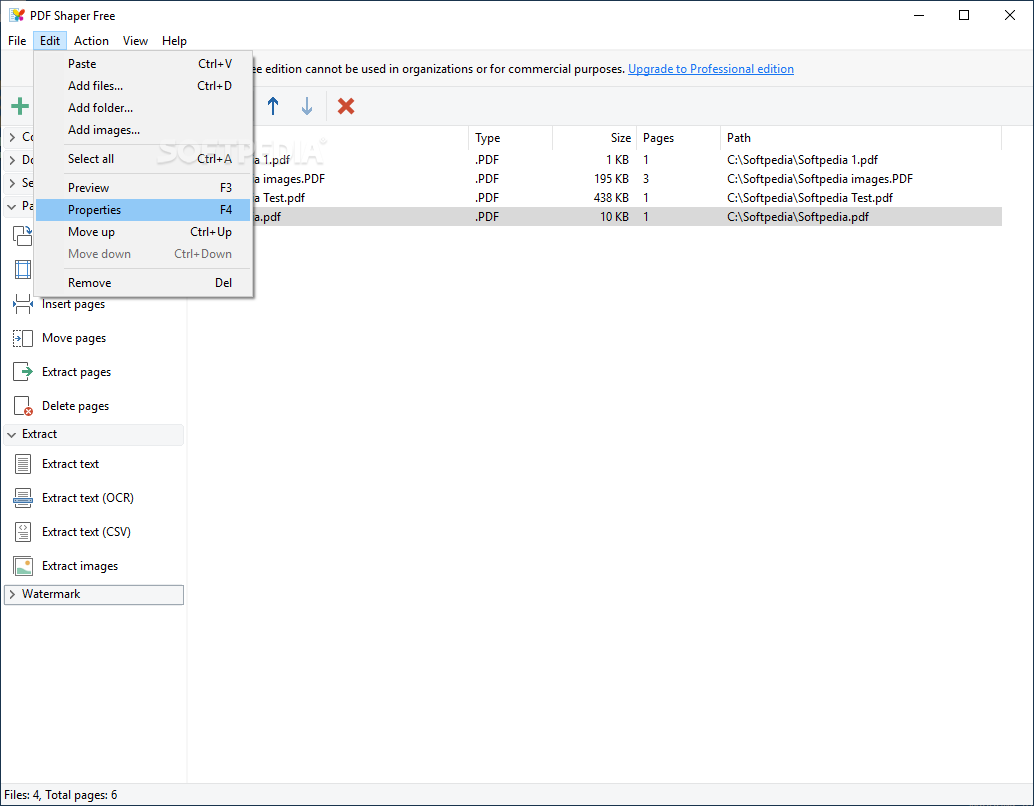
PDF SHAPER FREE WINDOWS 10REVIEW FULL
When compared to an ordinary Kobra, Neptune or Ender, the oversized cooling, well-built mechanics and improved bed leveling make it worth considering even if you decided to not run the machine at full tilt. The Kobra 2’s brisk 150 mm/s default speed for $269 is a tremendous deal and will save you gobs of time. It’s nowhere near the speed 500 mm/s Bambu Lab, but can give the AnkerMake a run for its money. Layer lines practically disappear at all speeds. During testing, I noticed that smaller prints were quite good and average speed prints were near perfect at any height. Without the benefit of input shaping, it will always risk flawed prints on more challenging models. The Kobra 2 is fighting an uphill battle for a high speed printer. The Anycubic Kobra 2 is one for the masses – an easy-to-use, affordable printer with faster speeds and excellent hands-free bed leveling. We’re now seeing the ripple effect of high speed consumer printers, with makers demanding more speed from their favorite brands. The white filament provided was difficult to photograph and hid layer lines, so I discarded the rest of the sample.ĭenise Bertacchi’s Resin Tool Caddy (Image credit: Tom's Hardware) Bottom Line There was a little ringing around the porthole, which shows the printer was moving a bit too fast. You should check out our guide to the best filaments for 3D printing for suggestions before stocking up.īoth Benchy models looked very nice, with smooth hulls that show plentiful cooling. I used the provided sample to print these, but you’ll soon need more filament. The Kobra 2 comes with two pre-sliced Benchys that print in 30 and 38 minutes, respectively.

There was also a similar profile to add the Kobra 2 to Cura, which yields similar print results. However, the printer did come with instructions for adding a profile with a default speed of 150 mm/s. We’re reviewing a pre-release test unit, so there’s no public profile for the Kobra 2 as yet on Prusa’s website.

The Anycubic Kobra 2 is the first non-Prusa printer I’ve reviewed that comes with a copy of PrusaSlicer. Remove the filament by hand when there is no more tension on the plastic. Let the tool head preheat, select Filament Remove and let the gears back the filament out. Removing the filament works the same, just in reverse. Press Stop when the filament is coiling below the tool head. Push the filament in until the gears grab hold and then let it feed. Press Filament In and pull back on the lever next to the white tube. Put your spool on the spool holder, and place the end of the filament into the runout sensor and through the white tube leading to the tool head. The machine will quickly heat up to 230 C. Now select Filament In or Filament Remove. To load filament into the printer, press Prepare on the main menu.

All the extruder gears, fans and hotend are in one front-mounted package. The Anycubic Kobra 2 has a direct drive tool head with a reverse Bowden and a filament runout sensor near the side mounted spool holder.


 0 kommentar(er)
0 kommentar(er)
